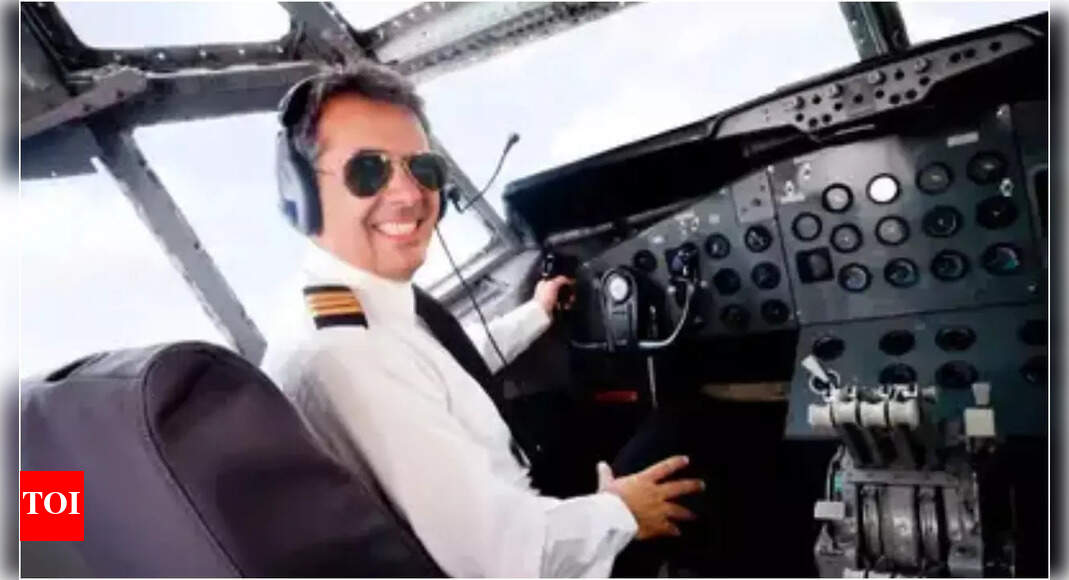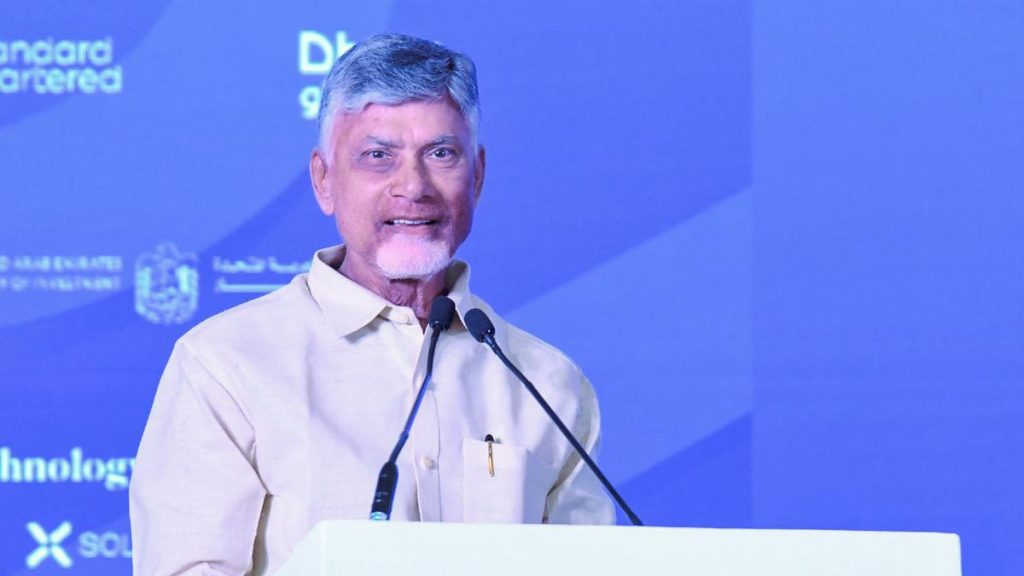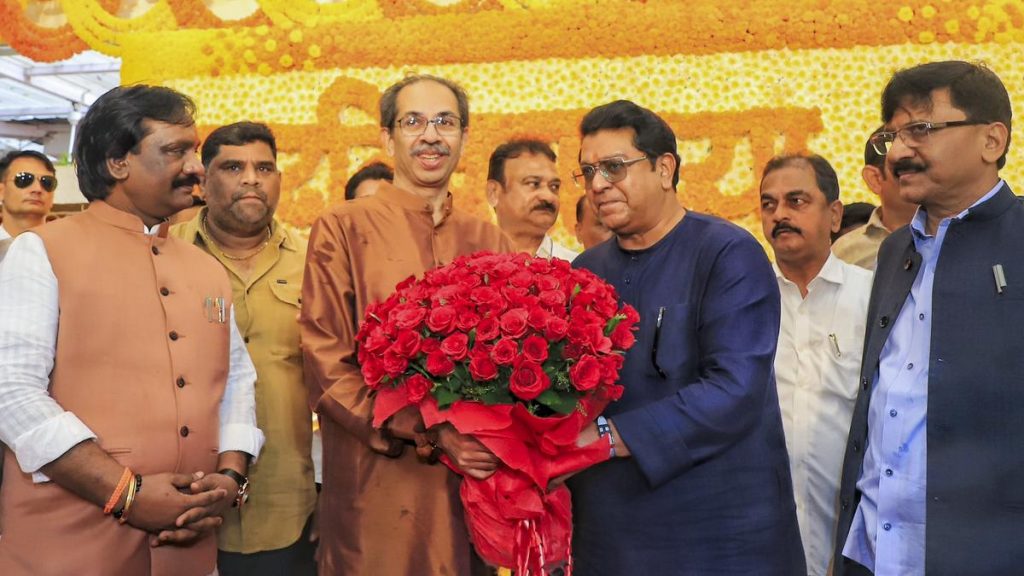Now Reading: DGCA Considers Allowing Non-Science 12th Pass Students to Become Pilots
-
01
DGCA Considers Allowing Non-Science 12th Pass Students to Become Pilots
DGCA Considers Allowing Non-Science 12th Pass Students to Become Pilots

Fast summary
- New Advancement: the Directorate General of Civil Aviation (DGCA) is considering removing the educational requirement of physics and maths in Class 12 for students too train for a commercial pilot license (CPL) in India.
- Current Eligibility: Sence the mid-1990s, CPL training has required candidates to have studied physics and maths at Class 12 level. Previously, even a matric (10th pass) was deemed sufficient.
- Global standard: Captain Shakti Lumba states that no country other than India demands physics and maths in Class 12 as mandatory eligibility for CPL training.Many arts and commerce students currently retake exams through open schools to meet these criteria.
- Reform Objectives: This move aims to make aviation careers accessible across diverse academic streams, address manpower shortages in India’s growing airline sector, and streamline CPL training processes.
- Flying school Assessment: DGCA plans to rank indian flying schools based on safety measures and course efficiency due to concerns that many Indian CPL aspirants prefer overseas institutions.
Indian Opinion Analysis
the proposed reform by DGCA could democratize entry into commercial aviation careers by removing a decades-old academic prerequisite seen as restrictive to non-science students. The argument that core principles of physics and math required for flight operations are already embedded within pilot training modules holds merit globally-highlighted by industry veterans like Captain Shakti Lumba. If implemented, this change could also increase access for aspiring pilots from wider socio-economic backgrounds while alleviating India’s shortage of trained personnel amidst booming airline growth.Moreover, ranking flying schools on safety standards and course durations can improve transparency about programme quality within India-a move possibly reducing financial burdens on aspirants who currently opt for foreign CPL programs due to domestic shortcomings. While regulatory approval remains pending, such reforms signal thoughtful progress toward addressing systemic gaps while enhancing opportunities without compromising medical fitness or skill-building rigor essential for aviation standards.

























